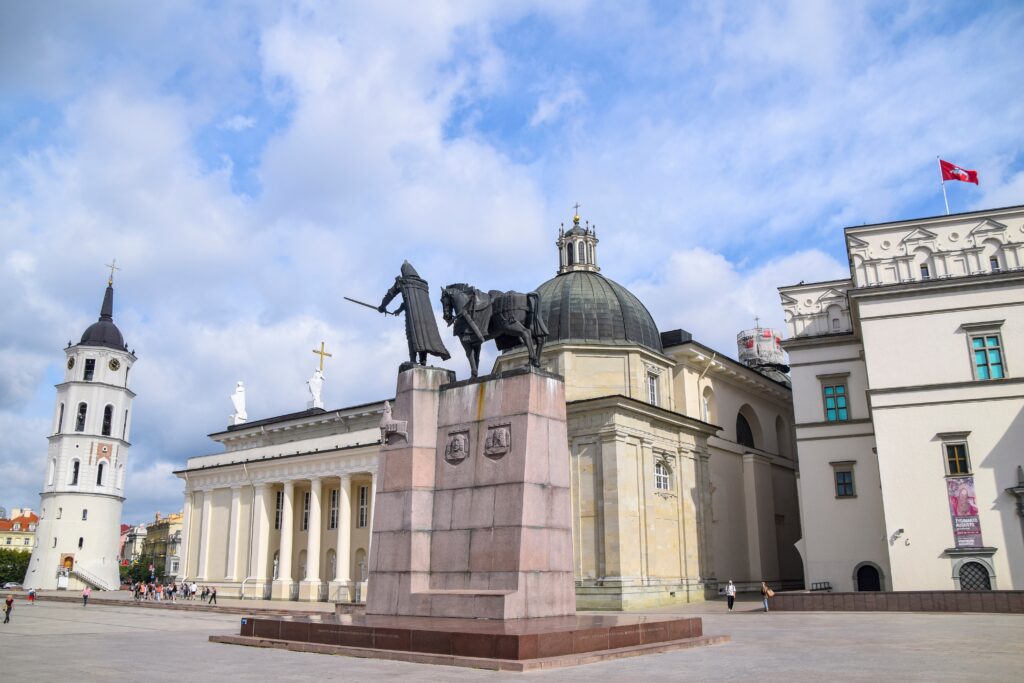Historians have been astonished by the discovery of royal artefacts hidden beneath Vilnius Cathedral in Lithuania.
The remarkable find includes crowns, rings, sceptres, and medallions dating back to the 15th and 16th centuries. These treasures, associated with Medieval European rulers and the influential Jagiellon dynasty, were uncovered in the crypts beneath the cathedral.
Hidden since World War II, these artefacts offer insights into burial rituals of the era. Vilnius Archbishop Gintaras Grušas described them as “priceless historical treasures” and a testament to Lithuania’s long-standing statehood and heritage.
Burial Artefacts Reveal Royal Rituals
The crowns, insignia, and medallions found were crafted specifically for burial and placed in royal sarcophagi.
“These items were not worn during life but created as symbols to honour rulers after death,” Grušas explained. The discovery underlines Vilnius Cathedral’s historical role as the final resting place for the elite of the Grand Duchy of Lithuania.
The treasure was first discovered in 1931 during post-flood cleaning of the cathedral but was hidden at the start of World War II. Despite multiple failed searches, researchers in September 2024 used an endoscopic camera to locate the items. The artefacts, wrapped in newspapers from 1939, include symbols tied to monarchs like Alexander Jagiellon (ruled 1501–1506) and Sigismund Augustus (ruled 1548–1572).
A Cultural Legacy for Lithuania
Among the finds are artefacts linked to Elizabeth of Austria, including a crown and medallion. These items signify a connection to European identity and Lithuania’s rich historical roots.
“These treasures represent the enduring legacy of the Jagiellon dynasty and reaffirm Vilnius as a cultural and historical hub,” said Rita Pauliukevičiūtė, director of the Vilnius Church Heritage Museum.
The artefacts will undergo careful examination and restoration before being displayed to the public. Officials hope the discovery will enhance Lithuania’s cultural tourism strategy, positioning Vilnius as a key destination leading up to 2030.
Pauliukevičiūtė added, “This discovery deepens our understanding of the region’s history and strengthens Lithuania’s cultural identity.”


